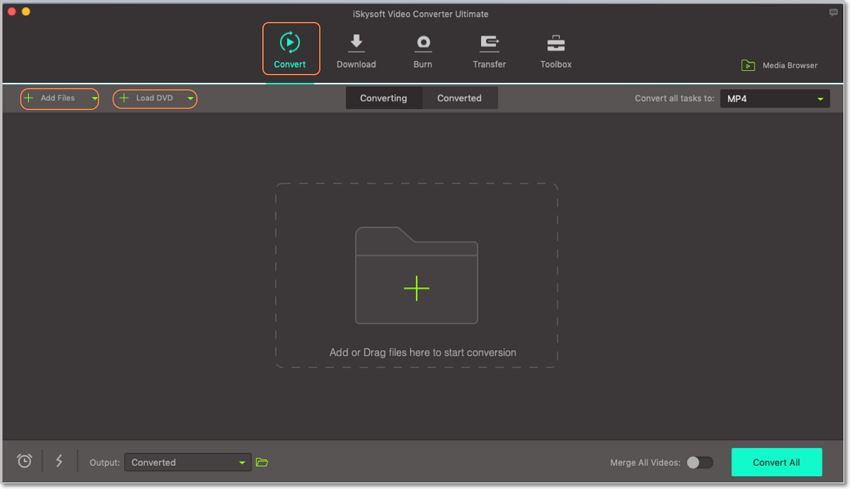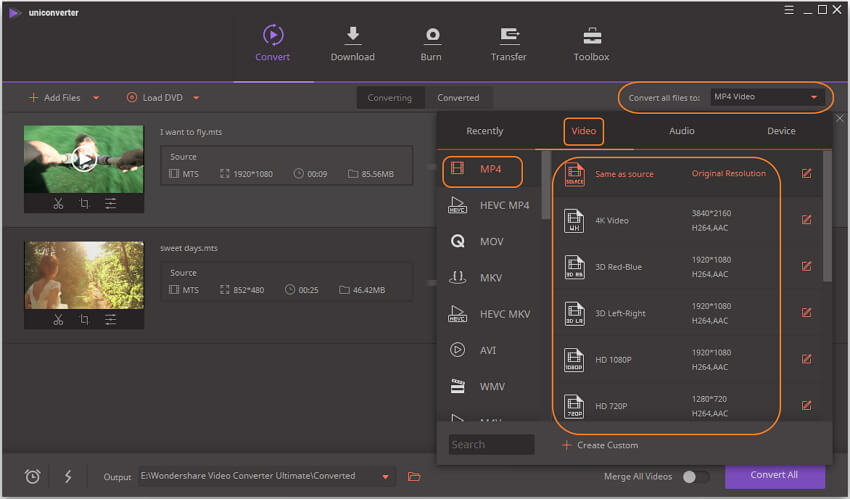The Ultimate Guide To 8mm Film Transfers
The wetgate procedure suggests the movie is coated with a liquid which has an index of refraction matching that of the plastic; this liquid fills in the valley formed by a scratch, and the film emulsion can then be captured appropriately. It might seem like hokum, but it really works.
In general, quality costs cash. Actual time transfer will be the least costly, frame-by-frame capture more pricey, and film scanning will be more expensive yet. There is a big variation in pricing, and the cost per foot drops if you have a big order. Nevertheless, to give you some estimate, real time capture can be $4-$8 for a 50 foot reel of 8mm film; older scanning devices can run $15-$25 for a 50 foot reel.
In addition to the cost of the transfer, usually based on the number of feet of movie, there are frequently other charges. There can be preparation charge to repair bad splices or bad leaders. The higher end transfer devices is extremely expensive to run and they don't wish to squander a lot of time tampering 50 ft.
Rather, all of your reels get collaborated on a single 400 ft. reel which can then be effectively processed on the costly scanning equipment. There can be a charge for cleaning the movie, and a charge for moving the result onto DVD, tape, or hard disk drive. Recording sound films is more costly than quiet films. Due to the volume of films processed, the expense was an extremely reasonable $15 per 50 ft. reel, plus some other sensible overhead costs. In total it was about $700, however, as you'll see, it was well worth it. Cinepost utilizes Cintel film scanners with some custom-made hardware that allows them http://edition.cnn.com/search/?text=slides to digital to deal with 8mm movie.
The smart Trick of 8mm Film That Nobody is Discussing
I don't have a lot of experience, in truth, simply 2 information points. However I wished to share what I got back from the mama & pop video service I utilized (frame-by-frame capture) vs. when I went to an expert telecine service (Cinepost). Or to put it another method, what does 15 cents/ foot processing provide you vs.
These are the corresponding frames of the exact same movie from the 2 captures. Keep in mind that positioning isn't exactly the same. Note too that I had actually asked both to do a large capture consisting of the sprocket holes; generally they crop the video so the gear emiliodcwt430.page.tl/Are-You-Getting-The-Most-Out-Of-Your-Digitalization-Of-8mm-Film-f-.htm hole doesn't appear. I choose to the cropping myself.

Normally, Cinepost would return better looking results than this. The most obvious difference vs. the inexpensive capture is that, even in this raw state, the colors are much more natural. Look too at the brilliant reflection off the stroller manage on the best edge of the frame: the less expensive capture bleeds brightness into the location beside the manage.
Take a look at the yellow and green chairs at the top of the frame: the image is much crisper; this appears too in the wires of the chain link fence. There is something else that is useful in this capture. Look at the color of the light coming through the gear holes on the left side of the frame.
Getting My Diy 8mm Film Transfers To Work
Many individuals get captures like the first one shown on a DVD; that is that and they just live with the bad quality. Much can be done to enhance the quality in post processing, however it is always best to begin with the best capture you can. Initially I attempted a piece of software called v Expose, made by a business named Motion DSP.
v Reveal is a consumer version of it, but with many less knobs, at an extremely sensible price point (US$ 39 since January, 2011). There are just a couple of knobs for controlling what algorithms are used to the image, such as movement stabilization, contrast change, fill lighting, sharpening, and so on. What it does do, however, it typically does well.

Here is a same Cinepost-captured frame as above after v Reveal has improved it: Among the things v Helpful resources Reveal doesn't do is allow changing the settings during a film. This can be worked around by slicing a film into one small video per scene, then tweaking the settings for each scene, and pasting the results back together, but that would be more than laborious.
I probably might have utilized v Expose on my films and been done quickly. Nevertheless, I like to tinker, so I took a different technique, one populated with mistakes and filled with aggravation. Avisynth is an open source software that runs only under Microsoft Windows. It has no http://www.bbc.co.uk/search?q=slides to digital business assistance, advancement advances in fits and starts, and in spite of a healthy user community, you will require to find out a lot of things through trial and error.
See This Report about 8mm Film
Inside are streams of data for video and audio, each of which must be deciphered using the codec specific to that stream type. The information is processed by the codec and fed back to the application as a raw stream of pixels or audio samples, which are then displayed or what have you.
Conventionally, avisynth files have a suffix of ". AVS". Existing video for windows-aware applications can open.avs files and display the video. The strange thing is that.avs files don't consist of any video! Instead, they are scripts that explain how to generate video. When an application opens the file and requests for frame 0, the avisynth driver checks out the script, finds out how to generate frame no, then feeds the decoded video to the application, which thinks the Have a peek at this website video had just been checked out from a file.

film="myvideo.avi" src = avisource(movie). Transform To RGB 32(). crop(100,100,400,300) scenes = src.trim(622,894) ++ src.trim(100,434) smaller sized = scenes. Lanczos 4Resize(320,240) better = smaller.tweak(intense=30, sat=1.2, cont=1.1) brighter This (untested) script opens the file called "myvideo.avi", converts it to a 32-bit RGB pixel format, and chooses a 400x 300 square of pixels from each frame offset from the top by 100 pixels and the left by 100 pixels.
Notification that the order of the scenes has actually been reversed from the original. Avisynth is a non-linear editor, implying it isn't constrained to process frames in the order they appear in the file. These two scenes are then resized to be 320x 240 pixels, its brightness is boosted by 30 systems, color saturation is enhanced by 20%, and the contrast is enhanced by 10%.
Some Known Facts About 8mm Film Digitalization.
There are numerous ways to compose this script, as the syntax is rather flexible. Among the strengths of avisynth is that it has an open architecture where new filters (processing algorithms) can be produced by anyone and plugged into the avisynth framework as effortlessly as if they had actually become part of the initial program.

